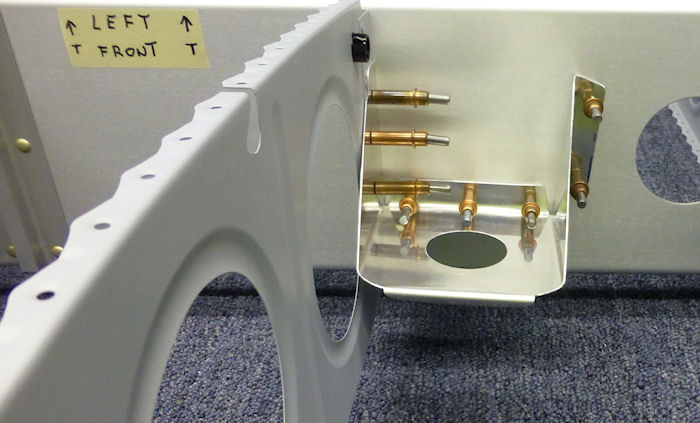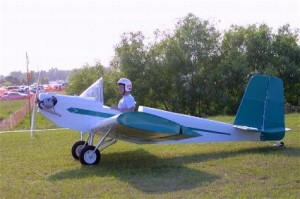joedallas
Well Known Member
After talking with team X at Garmin I decided to put the GMU 22 Magnetometer in the wing to avoid interference from the other electronics in the aircraft, with the battery in the tailcone I need a alternate location for the Magnetometer.
To mount the GMU 22 Magnetometer in the wing I need to know the Dihedral and the angle of attach of the RV 12 Wing.
If anyone can help it will be appreciated.
Thanks
Joe Dallas
To mount the GMU 22 Magnetometer in the wing I need to know the Dihedral and the angle of attach of the RV 12 Wing.
If anyone can help it will be appreciated.
Thanks
Joe Dallas







